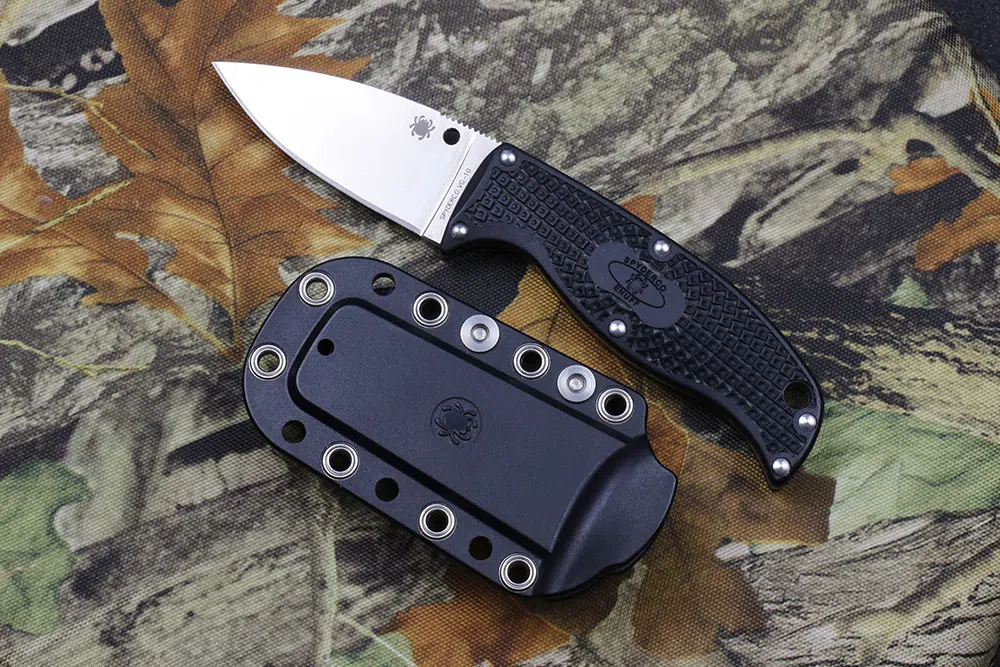As kitchen professionals, understanding blade hardness ratings is crucial for selecting the right tools for your culinary craft. This article delves into what blade hardness ratings mean, their importance in kitchen knives, and how they impact performance, durability, and maintenance.

What Are Blade Hardness Ratings?
Blade hardness is typically measured using the Rockwell scale, abbreviated as HRC. This scale helps in determining the hardness of the steel used in a knife blade. The higher the HRC rating, the harder the steel. Hardness ratings generally range from 52 to 66 HRC for kitchen knives, offering insight into the durability and ability to withstand wear during usage.
Importance of Blade Hardness in Kitchen Knives
Blade hardness significantly influences a knife's performance. Harder blades typically maintain a sharp edge longer than softer blades, which makes them ideal for precision tasks. However, they require expertise in honing and sharpening to avoid chipping.
For kitchen professionals, especially those working with delicate ingredients, opting for knives with high **HRC ratings** can enhance control and precision in food preparation. But, these blades demand careful handling, as they are prone to chipping under high stress or misuse.
How Blade Hardness Affects Durability and Maintenance
Durability is another critical aspect influenced by the blade's hardness. Harder blades might be less forgiving and can potentially become brittle, particularly if subjected to heavy-duty tasks outside their recommended use, such as cutting bones.
The maintenance of hard steel knives requires consistent honing and occasional sharpening to maintain their edge. Using appropriate tools and techniques for upkeep is essential to preserve their functionality and extend their lifespan.

Striking a Balance: Choosing the Right Blade
Choosing a knife involves balancing different knife features against each other according to personal preferences and intended use. For example, knives with a lower HRC, typically between 52 to 56, are softer and more forgiving, which might be ideal for tasks requiring repeated impact, such as chopping through squash. In contrast, knives with a higher HRC range, typically from 60 to 66, offer exceptional edge retention, making them ideal for slicing and dicing.
It's important to consider the blades style, handle design, and potential tasks when selecting a knife. For example, a synthetic handle paired with a moderately hard blade might be ideal for lengthy sessions, providing comfort and balance.
FAQs About Blade Hardness Ratings
- What is a good HRC for kitchen knives? A good range is around 54 to 62 HRC, balancing sharpness with durability.
- How often should hard knives be sharpened? Harder knives might need sharpening every couple of months, depending on usage and care.
- Do higher HRC knives mean better quality? Not necessarily. Higher HRC indicates hardness but must be matched with knife design, usage, and personal preference.
By understanding blade hardness ratings, kitchen professionals can better select appropriate tools for their specific needs in a busy kitchen environment.
This article contains affiliate links. We may earn a commission at no extra cost to you.


























